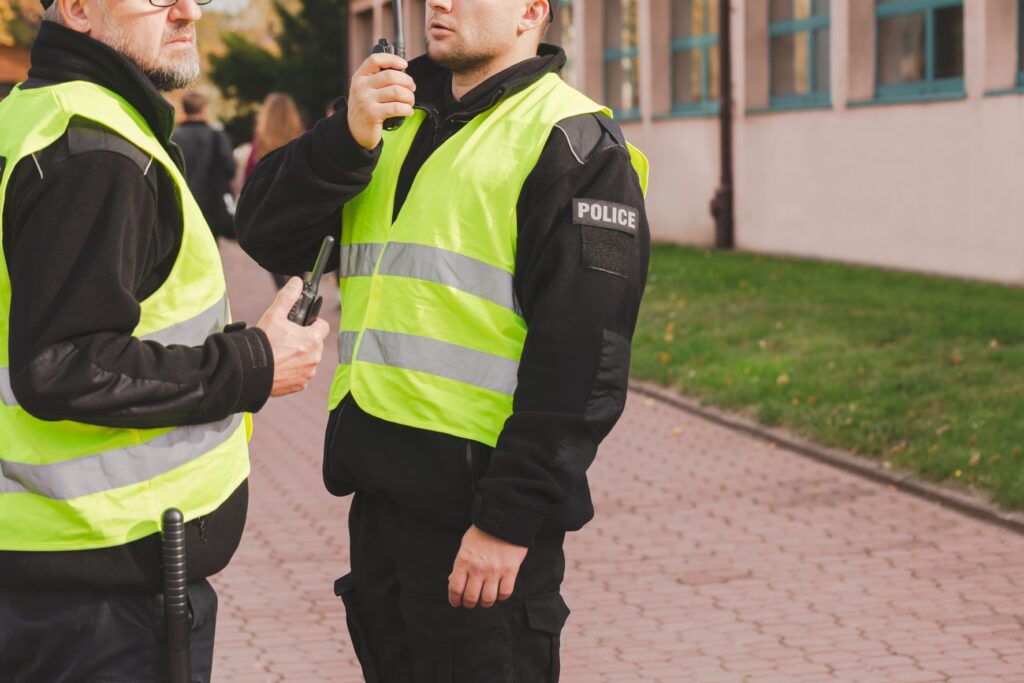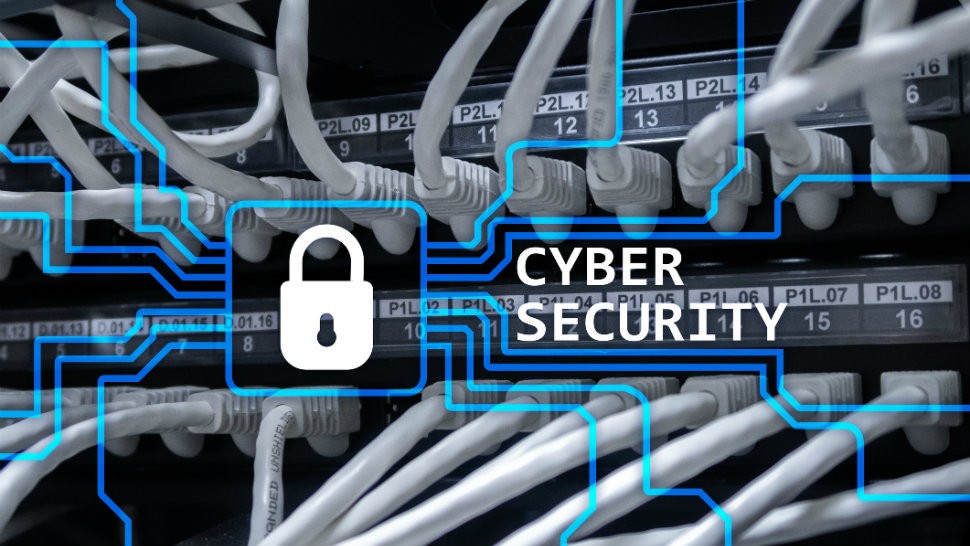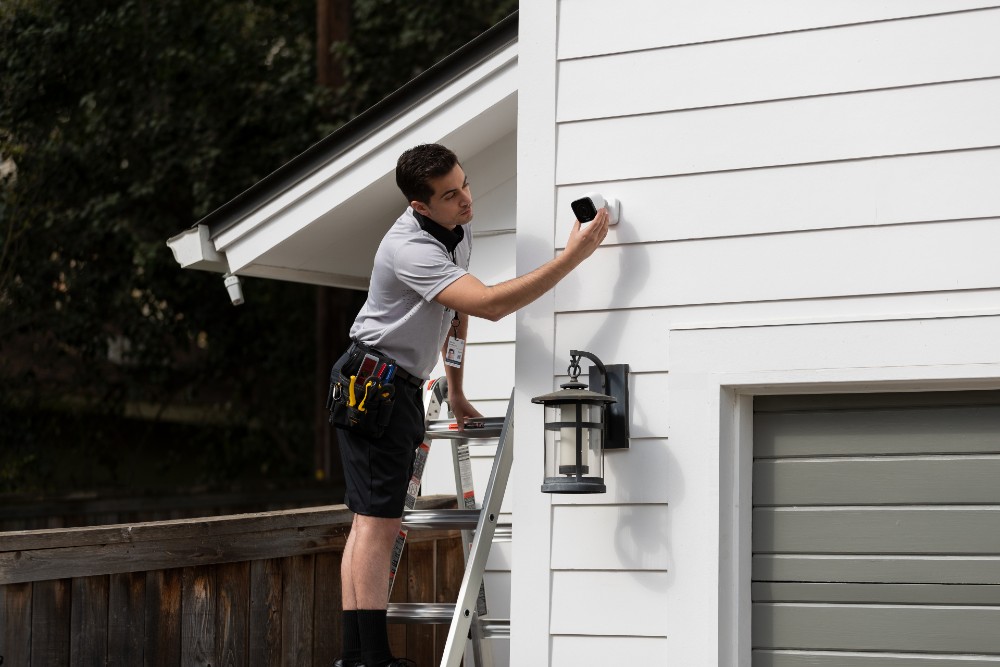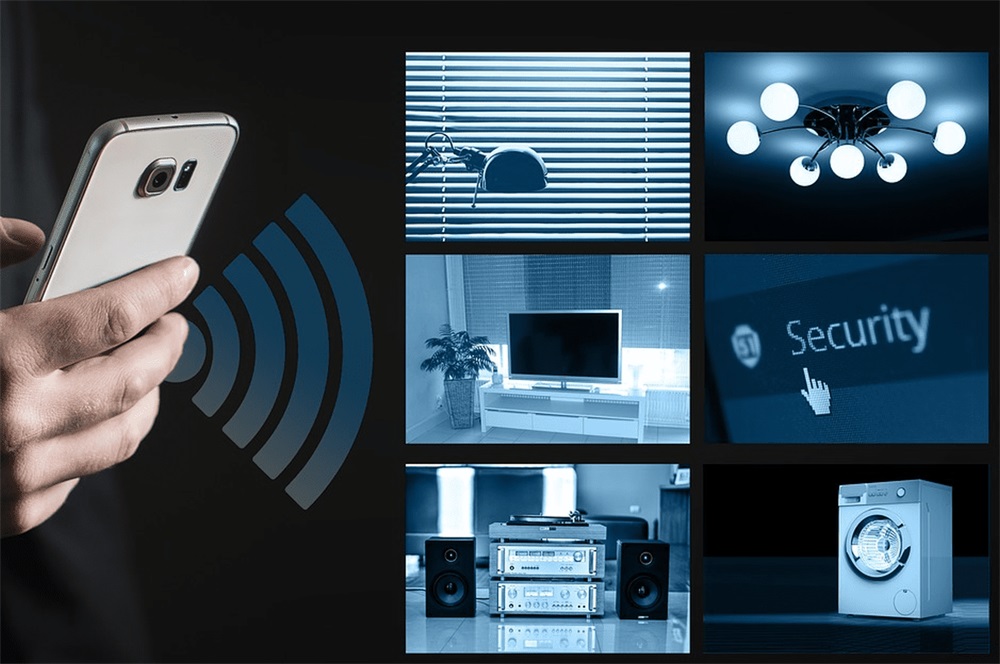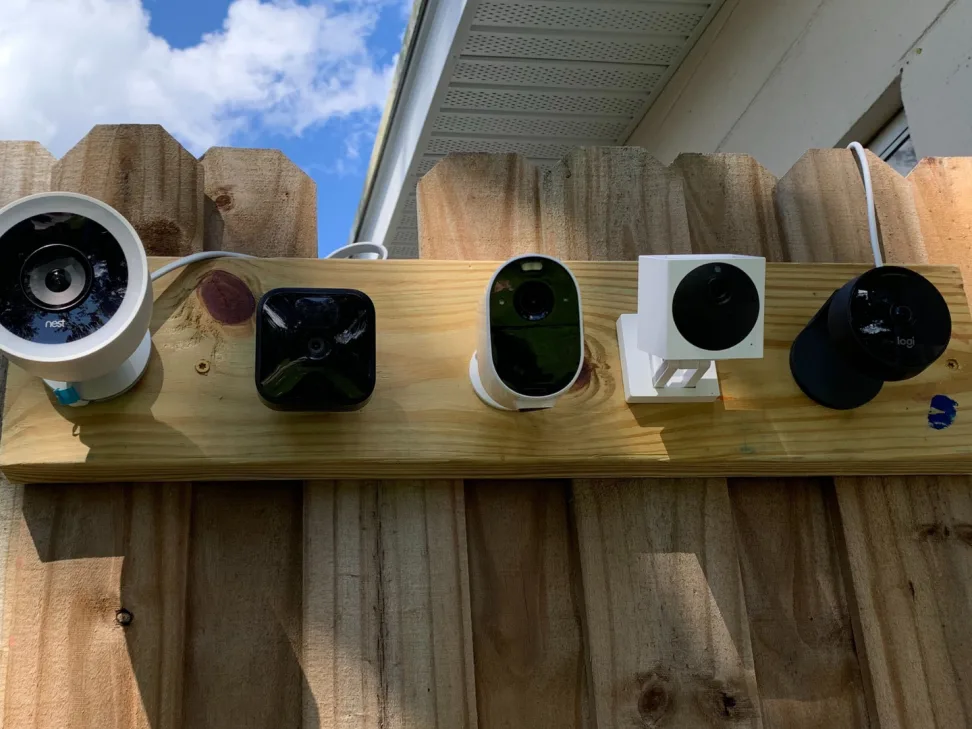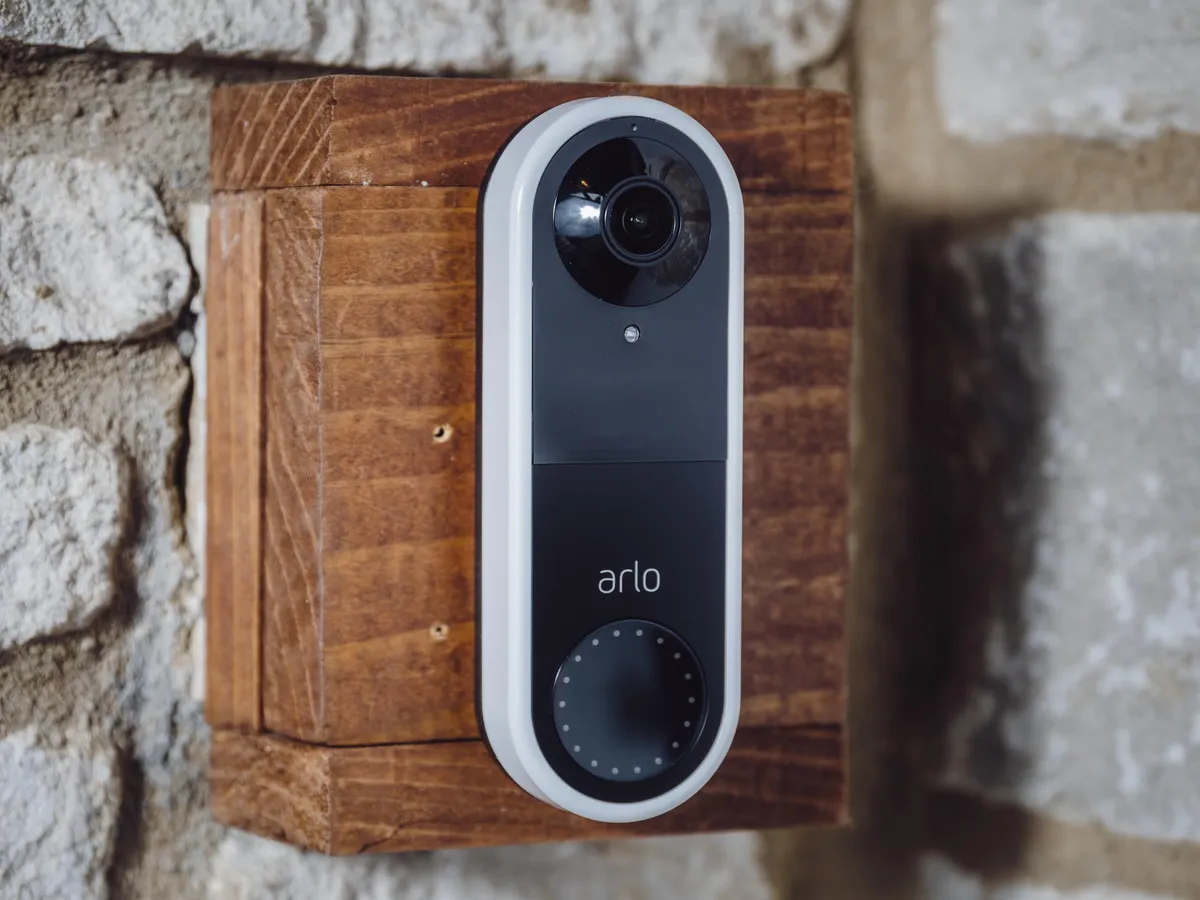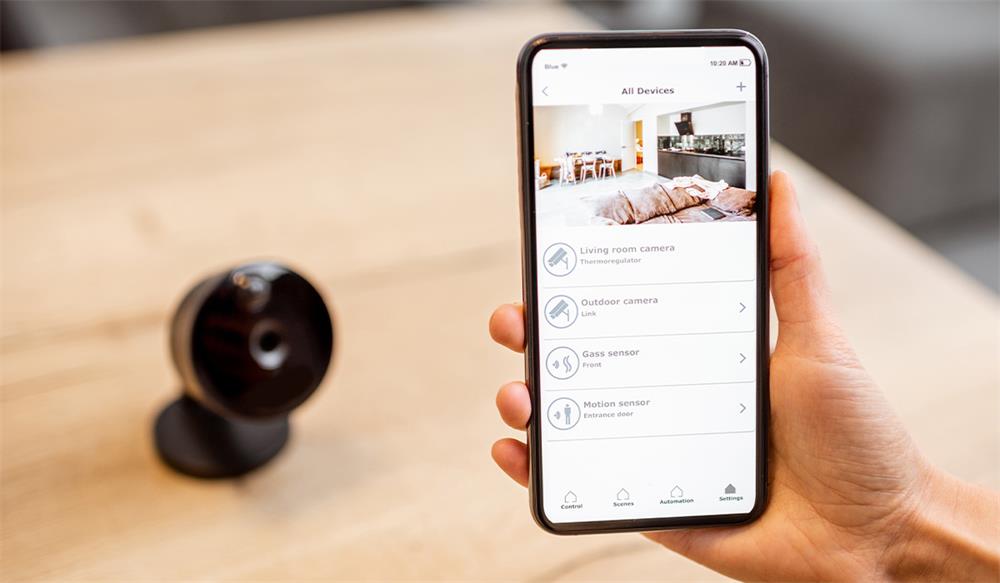Contents
Preventing Crime in Your Neighborhood: The Importance of Community Policing and Surveillance
Living in a safe neighborhood is a top priority for most people. No one wants to worry about their safety or the safety of their family when they’re at home. Unfortunately, crime can happen anywhere, even in what we think is the safest of neighborhoods.
That’s why it’s important to take proactive steps to prevent crime from happening in your neighborhood. One effective way to prevent crime is through community policing.
Community policing involves the local police working closely with the community they serve to identify and address problems related to crime, disorder, and fear of crime. This means that both law enforcement and community members are involved in keeping their neighborhoods safe.
Another tool that can help prevent crime is surveillance. By having cameras strategically placed throughout your neighborhood, you and your neighbors can keep an eye on any suspicious activity that may be occurring.
This type of surveillance not only deters criminals from committing crimes but also provides valuable footage that can be used by law enforcement if necessary. Community policing and surveillance work together hand-in-hand to create a safer environment for everyone living in your neighborhood.
By working with local law enforcement and taking steps such as installing cameras, you’re taking ownership of protecting yourself and those around you against potential threats. Community policing has been shown to reduce overall rates of crime because it fosters a sense of shared responsibility between law enforcement officers and community members.
When residents work with police officers, they feel more invested in keeping their neighborhoods safe because they’re actively participating in efforts to do so. Surveillance is another key factor when it comes to preventing crime because criminals are less likely to commit crimes if they know there are cameras watching them.
Neighbors who have installed cameras around their homes provide an additional layer of security for themselves as well as others living nearby by deterring potential burglars or other criminals from carrying out crimes since there’s an increased chance they’ll be caught. Overall, community policing and surveillance are essential tools in the fight against crime.
By working together, law enforcement and community members can create a safer neighborhood for everyone. In the following sections, we’ll explore both topics in greater detail to help you understand how you can implement them in your own neighborhood.
The Power of Community Policing
Community policing is a proactive and collaborative approach used by law enforcement to work together with the community to prevent crime. It involves a partnership between police officers and community members, who work together to solve problems and improve public safety. The main goal of community policing is to build trust between law enforcement officials and the community they serve.
One of the biggest benefits of community policing is that it fosters positive relationships between police officers and the people they serve. This helps create an environment where people feel comfortable reporting suspicious activity or crimes, which can lead to more effective crime prevention efforts.
Community policing also enhances communication between residents, law enforcement officials, local businesses, schools, and faith-based organizations. There are several ways you can implement community policing in your neighborhood.
One effective approach is for law enforcement officials to hold regular meetings with residents or business owners within the neighborhood. These meetings provide an opportunity for police officers to listen to concerns and suggestions from the public, as well as inform them about any new developments in their area.
Another way to implement community policing is through programs like “Neighborhood Watch”. These programs encourage residents to watch out for each other’s safety by keeping an eye out for suspicious activity and reporting it immediately.
In addition, some communities have implemented “Community Policing Advisory Committees,” consisting of volunteers who assist police departments in developing strategies that are specifically tailored toward reducing crime in their neighborhoods. These committees help build trust between law enforcement officials and their communities, while also bringing attention to unique challenges faced by each individual location.
Overall, implementing effective community policing strategies can help make neighborhoods safer places for everyone involved. By working together with local law enforcement officials through regular communication channels like town hall meetings or establishing Neighborhood Watch groups, you can take steps towards making your own neighborhood a more secure place for all!
The Power of Surveillance
Definition and Explanation of Surveillance
Surveillance is a powerful tool used to monitor activities and gather information. In the context of preventing crime in your neighborhood, surveillance can help catch criminals in the act, identify suspicious behavior, and deter criminal activity altogether.
Put simply, it’s like having an extra set of eyes watching over your community. Surveillance can take many forms, including video cameras, motion detectors, and even drones or helicopter patrols.
While some may feel that this level of monitoring is invasive or unnecessary, it’s important to remember that its primary goal is to keep residents safe. When surveillance footage captures criminal activity or suspicious behavior in real-time, law enforcement officials have a better chance of catching the perpetrator before they commit another crime.
Benefits of Surveillance in Preventing Crime
The benefits of surveillance are numerous when it comes to preventing crime in your neighborhood. For one thing, criminals tend to avoid areas where they know they’re being watched. When cameras are installed throughout a community and signs are posted warning potential wrongdoers about their presence, it serves as a powerful deterrent against criminal activity.
Another benefit is the ability to quickly identify suspects who commit crimes within the area being monitored. This helps law enforcement build a case against the perpetrator more quickly than would otherwise be possible without video evidence.
Surveillance can also provide valuable information that can help prevent future crimes from occurring. By analyzing patterns and identifying trends in criminal activity within a particular community or area over time using recorded footage from surveillance equipment that has been installed throughout the area being monitored – law enforcement officials can make informed decisions about where and how best to deploy resources for maximum effectiveness.
Types of Surveillance Available for Use in Neighborhoods
There are several types of surveillance equipment available for use in neighborhoods today including: – Video Cameras: These come in all shapes and sizes, from large outdoor cameras to small indoor ones. They can be wired or wireless, and some even have night vision capabilities.
– Motion Detectors: These detect movement within a certain range and send out an alarm or alert when triggered. – Drones: These small unmanned aerial vehicles can be equipped with cameras or sensors that allow them to fly over an area and capture video footage of activity below.
– Helicopter Patrols: Some law enforcement agencies use helicopter patrols to scan over large areas quickly for suspicious behavior. It’s important to remember that not all types of surveillance are appropriate for all situations.
For example, drones may not be practical in densely populated urban neighborhoods where privacy concerns are particularly high. Similarly, helicopter patrols may be too expensive for many communities to implement on an ongoing basis.
Ultimately, the type of surveillance that’s right for your neighborhood will depend on a variety of factors including budget, community needs, and local regulations. However, when used correctly – surveillance is a powerful tool in preventing crime and keeping neighborhoods safe for everyone who lives there.
Combining Community Policing and Surveillance
Community policing and surveillance are two powerful tools that, when used together, can greatly reduce crime in your neighborhood. Community policing focuses on building a strong relationship between residents and law enforcement to create a safer community. Surveillance systems deter criminals from committing crimes by providing evidence that can be used to identify and prosecute them.
The Perfect Match: How These Two Methods Work Together to Prevent Crime
When combined, community policing and surveillance can be incredibly effective. Neighborhoods that have implemented both methods have reported significant decreases in crime rates.
The reason for this is simple: when residents work together with law enforcement to monitor their neighborhood, they create a sense of accountability that makes it much more difficult for criminals to operate unnoticed. Community policing relies on the participation of residents.
When residents are involved in keeping their neighborhoods safe, they become more invested in preventing crime. When surveillance cameras are installed throughout the neighborhood, they act as an extra set of eyes watching out for suspicious behavior.
Surveillance footage can provide law enforcement with valuable evidence when a crime does occur. In some cases, cameras have been instrumental in identifying suspects and helping police make arrests.
Success Stories: Examples of Successful Implementation in Other Neighborhoods
The benefits of combining community policing with surveillance systems have been demonstrated time and time again in communities across the country. In New York City, the NYPD has implemented a program called “Operation Impact” which combines foot patrols with cutting-edge technology like license plate readers and ShotSpotter sensors to detect gunshots.
This program has been credited with reducing violent crime rates significantly over the past few years. In Baltimore, Maryland, the Baltimore Police Department has partnered with Ring (a home security company) to provide discounted home security cameras to residents.
The department also has a program called “Citizen on Patrol” which trains residents to be the eyes and ears of law enforcement in their communities. These efforts have been credited with reducing crime rates in some neighborhoods by up to 50 percent.
These are just a few examples of how community policing and surveillance systems can work together to create safer neighborhoods. By combining these two methods, you can help prevent crime in your own community and create a sense of safety and security for yourself and your neighbors.
Steps You Can Take to Prevent Crime in Your Neighborhood
Encouraging Neighbors to Participate in Community Policing Efforts
The most effective way to prevent crime in your neighborhood is by encouraging everyone to participate in community policing efforts. This means working together to identify potential issues and taking action before they become more serious problems.
Encouraging your neighbors to take an active role in the safety of your community can help create a stronger sense of trust and collaboration, which is essential for keeping everyone safe. One way to encourage participation is by hosting regular meetings or events where you can discuss concerns or share ideas.
This could be as simple as organizing a neighborhood BBQ or block party, where you can meet new people and get everyone on board with the idea of working together. You could also create a social media group or email list where people can communicate with each other more easily, share updates, and ask for help when needed.
Installing Surveillance Cameras or Working with Local Law Enforcement to Do So
Another way to prevent crime in your neighborhood is by installing surveillance cameras or working with local law enforcement agencies to do so. This can be an effective way of deterring criminals from targeting your community, as they are less likely to act if they know that their movements are being watched.
When installing cameras, it’s important to place them strategically so that they cover key areas such as entryways, driveways, and walkways. You should also make sure that the cameras are high quality and have a good resolution so that any potential suspects can be identified more easily.
Working with local law enforcement agencies can also be beneficial because they may have access to additional resources such as monitoring software or expert advice on how best to set up surveillance systems. They may also be able to provide ongoing support and training for residents who want to take an active role in community policing efforts.
Creating a Neighborhood Watch Program
Another effective way to prevent crime in your neighborhood is by creating a neighborhood watch program. This involves residents working together to keep an eye out for suspicious activity and reporting it to local law enforcement agencies. By doing this, you can help increase the visibility of law enforcement in your community and make it more difficult for criminals to operate unnoticed.
To start a neighborhood watch program, you’ll need to recruit volunteers who are willing to participate and then work together to develop a plan of action. This could involve regular patrols of the area, setting up communication systems such as walkie-talkies or radios, or even organizing training sessions on how best to identify potential threats or respond in emergency situations.
Overall, there are many steps you can take to prevent crime in your neighborhood with community policing and surveillance. By encouraging participation from everyone in the community and working together with local law enforcement agencies, you can create a safer and more secure environment for yourself and your neighbors.
Conclusion
Community policing and surveillance are important tools in preventing crime in your neighborhood. By working together with law enforcement and taking proactive measures, you can create a safer environment for yourself and your neighbors. Through community policing, you can build strong relationships with law enforcement and collaborate on initiatives to reduce crime. This can include organizing events to get to know local officers or working with them to identify problem areas in the neighborhood.
By fostering a positive relationship between law enforcement and the community, you can work together towards a common goal of reducing crime. Similarly, surveillance can serve as an effective deterrent for criminals.
Whether it be through installing security cameras or working with local law enforcement to have them do so, having eyes on potential criminal activity around the clock can greatly reduce the likelihood of crimes occurring in your neighborhood. By combining these two methods of prevention, you have a powerful toolset at your disposal.
Not only does having surveillance cameras increase the chances of identifying potential criminals after a crime has occurred but it also serves as a deterrent for those who may have otherwise considered committing one. Making your neighborhood safer is not just about preventing crime; it’s about building stronger communities.
When individuals feel safe and secure in their own neighborhoods, they are more likely to get involved in community events and activities that strengthen bonds between people. Taking steps towards preventing crime in your neighborhood through community policing and surveillance will not only make you feel more secure but also serve as an investment into creating a stronger sense of community amongst neighbors.

